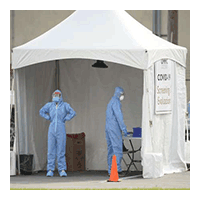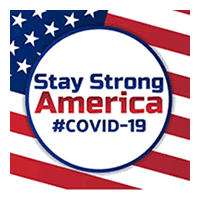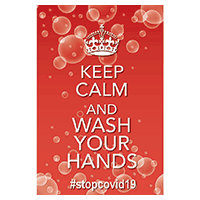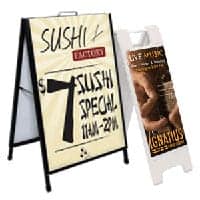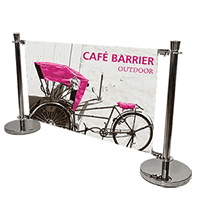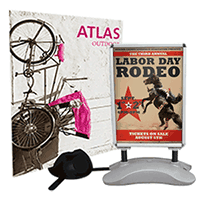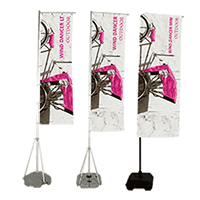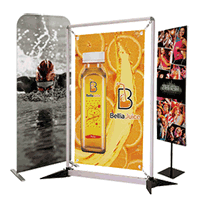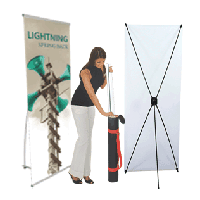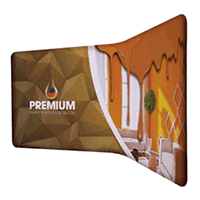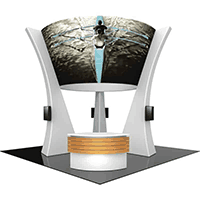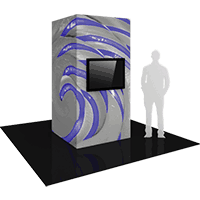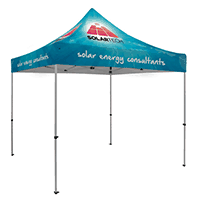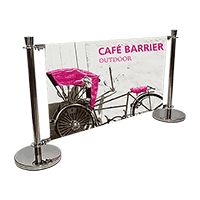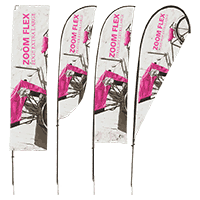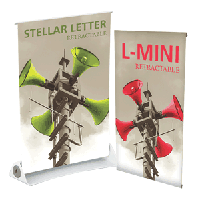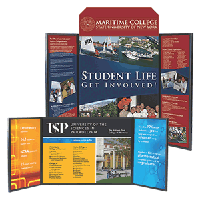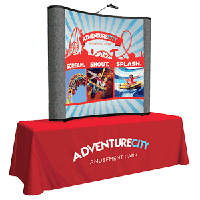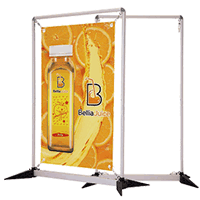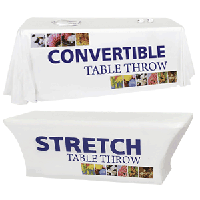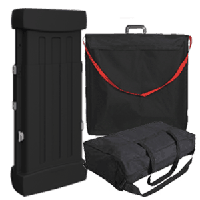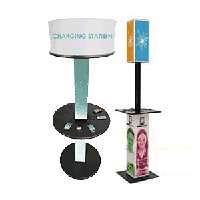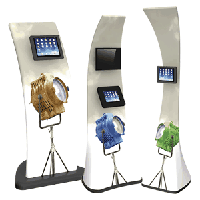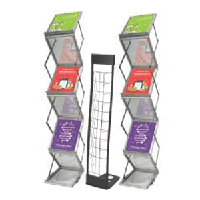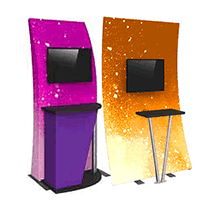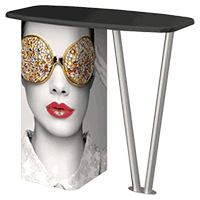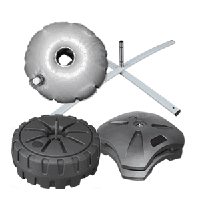
EXHIBIT-STAFF EDUCATION: A TRADESHOW MUST
A new report says exhibitors will be more successful if they train their staff teams not only on their company’s goals and objectives but also on the tradeshow’s attendees and target market.
Face time matters for meeting attendees, especially when it comes to the time they spend with exhibitors on the show floor. A report, “The Role and Value of Face-to-Face Interaction,” showed that tradeshow attendees prefer to obtain information from exhibitors through face-to-face conversations and one-on-one demonstrations with exhibit staff.
However, in order for these two methods to be most effective, exhibit staff must be professional and knowledgeable about their products as well as the attendees they are speaking with. Seems simple and straightforward, yet this same report showed that only 26 percent of exhibitors conducted training for all or most events—and, even more surprising, that more than 50 percent rarely or never hold exhibit-staff training sessions, illustrating a likely disconnect between attendee expectations and exhibit-staff effectiveness.
Now a new report released by the Center for Exhibition Industry Research (CEIR) earlier this month titled “An Exhibit Manager’s Guide to Exhibit Staff Orientation” discusses how to develop pre-show exhibit-staff education. Doing so will result in better in-booth skills and behavior, motivate staff to work toward company exhibit goals, and maximize the limited time they spend with visitors to their booths.
“As exhibit managers who need to prove the ROI for an exhibit marketing program, they cannot afford to forget that exhibit staff needs at least a ‘refresher course’ before every exhibiton,” wrote report author Candy Adams.
Adams offers up these suggestions for pre-show training:
Outsource the training when possible. She suggests hiring an industry veteran who specializes in exhibit-staff education, especially if the same internal person has been working with staff time and time again. Adams also says to not let training costs deter you, saying that a staff’s increased productivity resulting from the training can more than cover the initial training costs. “Consider it a long-term investment in corporate branding and goodwill,” she wrote.
Make it mandatory. That’s right, no excuses. “All staff members working in the exhibit any time during the tradeshow should attend the pre-show meeting(s) so that they will be prepared to interface with any visitor to the exhibit, whether they are customers, prospects, members of the press, analysts, partners, and even competitors,” she wrote.
Customize the content. This pre-show meeting can cover everything and anything, from a strategic review of the show that profiles its target audience to booth etiquette and goal-setting for individual staff members. Adams says the meeting’s content is dependent on a number of factors, including experience levels of the team staffing the exhibit and their familiarity with products being shown as well as the size and complexity of the exhibit for the particular show. What’s most important is that it takes place.
While the report stresses the importance of pre-show training, Adams also says that training and orientation should continue onsite, suggesting that teams test the lead-retrieval system and become familiar with where their exhibit is in relation to the main registration area, hall entrances/exits, and competitors.
CEIR Research Director Nancy Drapeau discussed the report in a recent webinar, which was written up on the CEIR blog, saying that attendees’ needs are more complex than learning about a new product or service to purchase. According to Drapeau, attendees also want the ability to interact with the product, to talk with experts to generate new ideas and solutions, and to compare one brand against another.
During the webinar, she said the importance of face-to-face is in the customer’s awareness of new products in their pre-purchase stage and the relationship they have with vendors in the post-purchase stage. “The actual sale of the products or service now takes second place,” she said, “which means that exhibit managers need to take exhibit-staff education much more seriously.”



